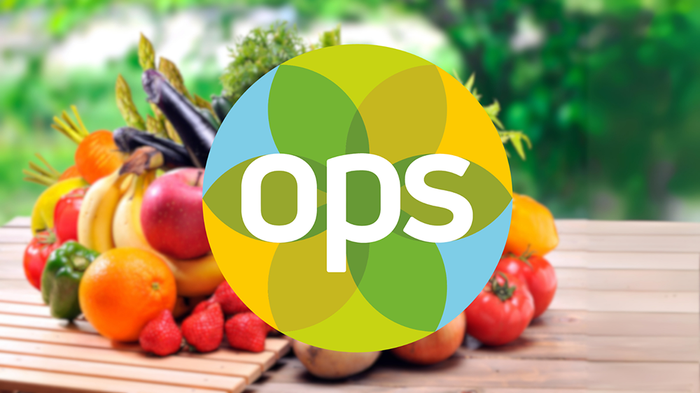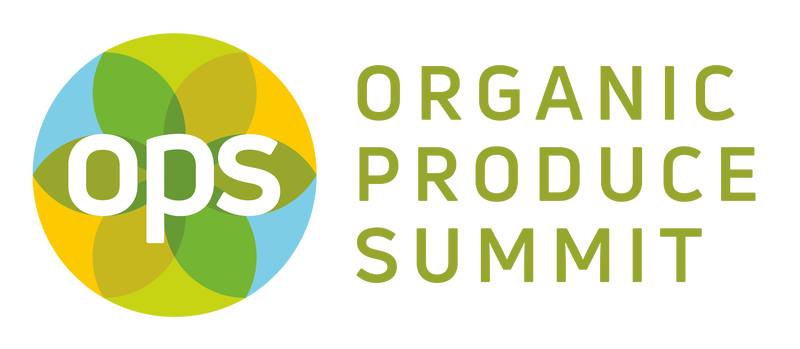Bioponics 101
April 7, 2017
.jpg?width=1280&auto=webp&quality=95&format=jpg&disable=upscale)
By Mindy Hermann
The term bioponics defines growing methods for fruits and vegetables that do not require a traditional soil medium. Many bioponics-cultivated fruits and vegetables currently are labeled as organic, but that may soon change. The upcoming National Organic Standards Board spring meeting, to be held April 19-21 in Denver, includes a discussion led by its Crops Subcommittee on whether aeroponics, hydroponics, and aquaponics should or should not be certified as organic. Below, a definition of key terms:
Bioponics: Umbrella term that encompasses all methods of growing fruits and vegetables outside of a traditional soil medium and with inputs such as water, nutrients, fertilizers, and aquatic animal waste that are released by biological activity of microorganisms. Concepts that may be shared with organic farming include recycling, water efficiency, eliminating use of toxic pesticides, and depending on microbial action for nutrition.
Aeroponics: Plants suspended in a closed or semi-closed environment, whose exposed roots and lower stem are sprayed with a nutrient-rich water solution.
Aquaponics: Cultivation of plants in a recirculating water medium with aquatic animal waste water from an adjacent tank of fish, crayfish, prawns, or snails; waste is broken down by bacteria into usable nutrients for the plants. Components of an aquaponics system can include tanks for raising and feeding fish, a bacterial biofilter that converts the ammonia in waste material into nitrates for the plant, rooting media (coconut, vermiculite, clay pellets, shale, lava rock), and a pump to return purified water to the fish tanks.
Geoponics: Traditional plant cultivation in soil.
Hydroponics: Growing plants in a soil-less water or media matrix by bathing roots in a nutrient-rich solution; can be paired with aquaponics. Plant-based matrix materials on which to grow crops can include coconut fiber, wood shavings, and/or peat.
Containerized growing: Cultivating plants that produce fruits and vegetables in containers, soil-filled concrete beds, media beds, rafts, and other formats, in greenhouses and other controlled environments using recyclable and compostable growing media such as coconut fiber, peat moss and water, along with solid and liquid fertilizers.
National Organic Program (NOP): A regulatory program housed within the US Department of Agriculture’s (USDA’s) Agricultural Marketing Service. The NOP develops national standards for organically-produced agricultural products that can bear the USDA organic seal and sets forth organic labeling regulations requiring that a product be produced using only allowed substances and without excluded methods.
National Organic Standards Board (NOSB): A Federal Advisory Board of 15 volunteers from across the organic community that considers and makes recommendations to the NOP on issues involving the production, handling, and processing of organic products and on changes to organic regulations.
Organic Food Production Act (OFPA): Enacted under the 1990 Farm Bill, OFPA established national standards for the production and handling of foods labeled as “organic” and authorized both NOP and NOSB. The OFPA defines organic production as integrating cultural, biological, and mechanical practices that foster cycling of resources, promote ecological balance, and conserve biodiversity.

